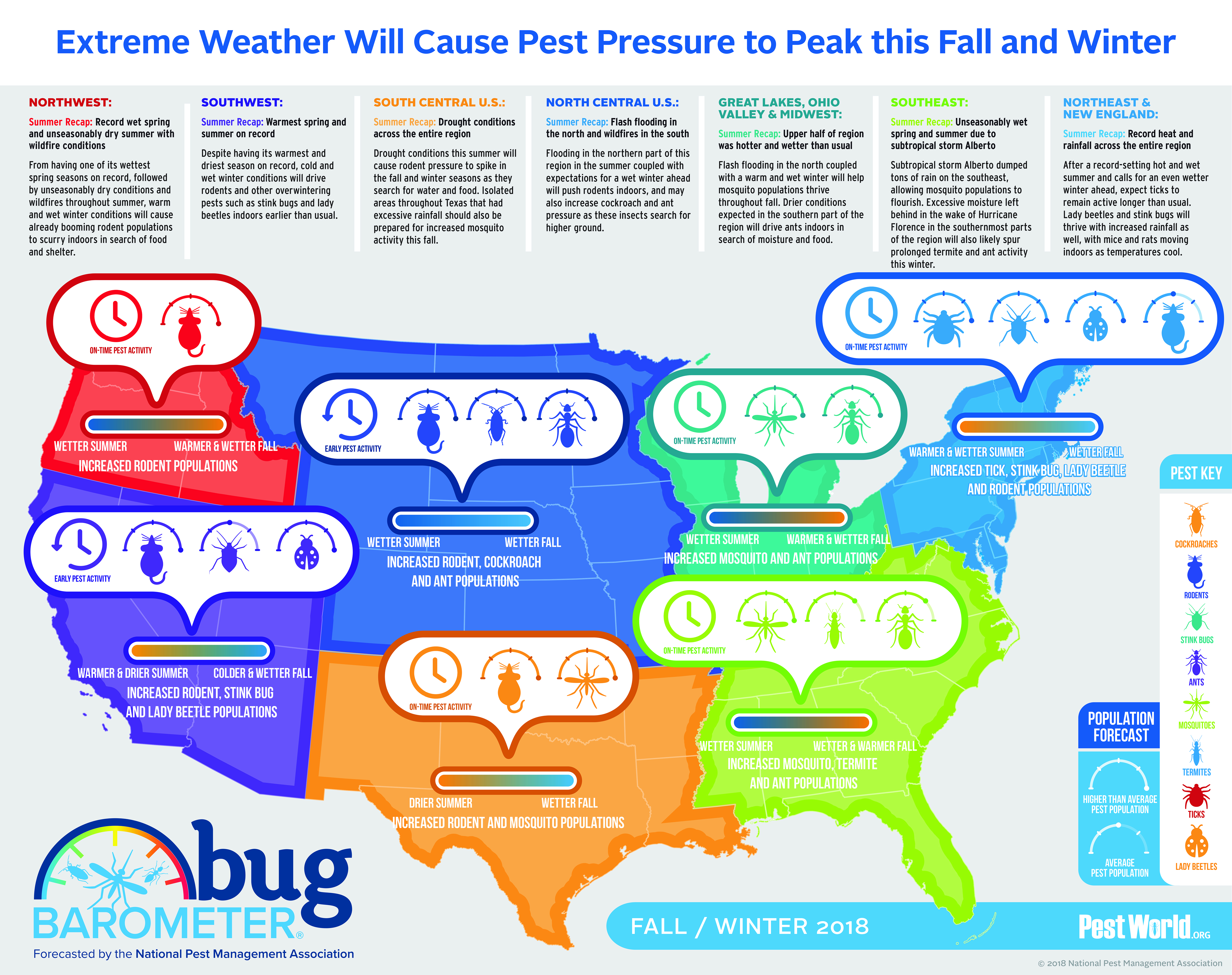Use Your Expertise Of Rodent Nesting Actions To Outsmart These Pest Management Techniques
Use Your Expertise Of Rodent Nesting Actions To Outsmart These Pest Management Techniques
Blog Article
Material Writer-Talley Corbett
When it concerns rodent control, comprehending common rodent behavior is key to efficiently handling problems. Did you recognize that rats have some remarkable nesting behaviors that might stun you? By exploring their intricate behaviors, you can obtain useful understandings right into just how to deal with rodent concerns in an extra critical and reliable way. So, let's unravel the secrets behind these creatures' actions and find out just how to outmaneuver them in your rodent control efforts.
Rodent Nesting Habits
When observing rodents in their natural habitat, you'll observe that they proactively look for products to build their nests. Rodents, such as computer mice and rats, are clever animals that make use of a selection of items like twigs, leaves, paper, and material to develop their homes. They're precise in their nest-building procedure, typically lining their nests with softer products like hair or plumes to create a cozy setting.
Rats choose to construct their nests in covert and safe and secure areas to shield themselves and their young from predators. Usual nesting areas include wall tooth cavities, attics, cellars, and even within insulation products. By building their nests in these secluded locations, rats can safely increase their offspring away from possible dangers.
more info is vital to recognize the nesting behaviors of rats when implementing control actions. By interrupting their nests or eliminating products, you can dissuade rodents from developing a visibility in your house or building. Proper cleanliness and sealing entrance points are also crucial action in avoiding rodent problems.
Rat Feeding Patterns
After observing rodents' nesting practices, it comes to be noticeable that their feeding patterns play a critical duty in their every day lives and behaviors. Rodents, including mice and rats, are opportunistic feeders, implying they'll eat whatever food resource is easily offered. They're mostly nocturnal animals, liking to forage for food throughout the cover of night to stay clear of predators.
Rodents have a varied diet plan, ranging from grains, seeds, fruits, and vegetables to bugs, nuts, and also little animals. This adaptability in their food selections enables them to prosper in various atmospheres, including metropolitan areas where human food resources are plentiful.
Their feeding patterns aren't just driven by appetite however likewise by the requirement to stockpile food for times of shortage. This behavior is specifically obvious to prepare for winter months or when nesting. Rats are known to hoard food in their nests or burrows, guaranteeing a continuous food supply. Recognizing their feeding patterns is essential in implementing efficient rodent control procedures to interrupt their food sources and prevent invasions.
Rat Movement and Travel
Rats navigate their environments with dexterity and stealth, utilizing their keen senses to relocate swiftly through their environments. These creatures are proficient climbers, able to scale wall surfaces and upright surfaces with ease. They can likewise squeeze through surprisingly tiny openings, making it essential to seal off any kind of prospective access factors in your home.
When it concerns taking a trip, rodents often tend to comply with acquainted courses, creating tracks along walls or skirting the sides of rooms. They're creatures of habit, usually adhering to these established routes as they forage for food or explore their environments.
Rats are understood for their nocturnal practices, so you may hear them scurrying around during the night as they search for food and water. Their activities are quick and erratic, enabling them to dart in and out of sight in the blink of an eye.
Comprehending exactly how rodents move and travel can help you identify prospective problem locations in your house and take positive actions to avoid these insects from getting a footing.
Final thought
As you function to regulate rodents in your house, remember that comprehending their behavior is essential. By identifying their nesting practices, feeding patterns, and motion, you can efficiently stop problems.
Coincidentally, by taking aggressive steps to remove food sources and seal access points, you can disrupt their familiar courses and force them to choose new locations, eventually reducing the chance of rodent visibility in your living spaces.
